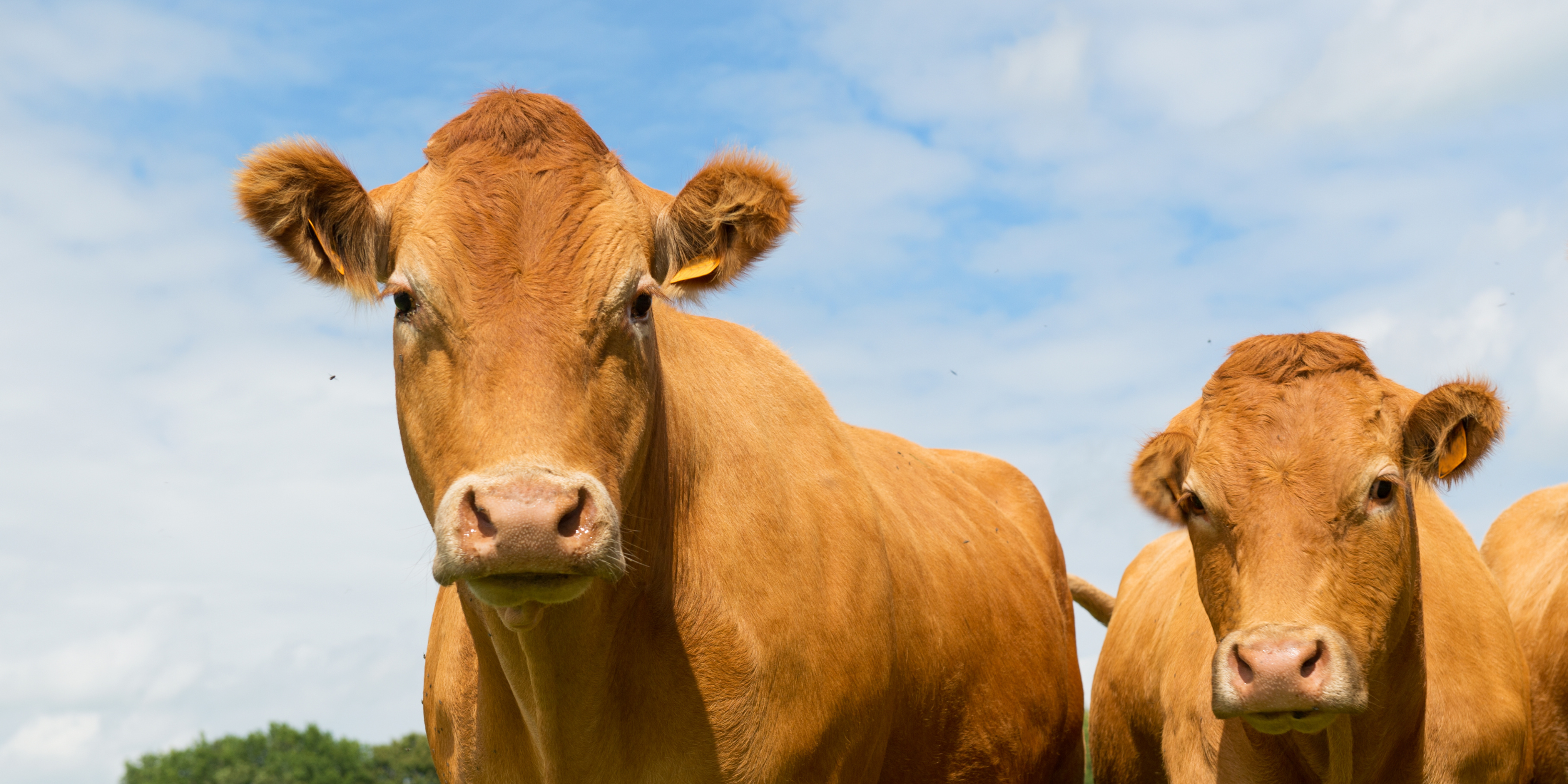
Golden Performance: A Spotlight on Limousin Cattle
Known for their striking golden‐red coats and exceptional muscularity, Limousin cattle have carved out a premier place in the global beef industry. Hailing from south‐central France, these animals combine lean, high‐yield carcasses with efficient feed conversion—making them a favorite among commercial producers and specialty beef programs alike. In this post, we’ll explore the history, hallmark traits, and modern applications that make Limousins stand out on pasture and in the feedlot.
Origins and History
-
French Heritage
The Limousin breed originates from the Limousin region of France, where rugged terrain and sparse forage favored cattle that were hardy, thrifty, and strong. Early on, farmers prized Limousins both as draft animals and for their meat quality. -
International Arrival
While Limousin cattle have been documented in France for centuries, they were first imported to North America in the late 1970s and early 1980s. Their rapid rise in popularity stems from their ability to improve muscling and carcass yield in crossbreeding programs.
Defining Traits
-
Heavy Muscling
Limousins are renowned for their deep, blocky muscle conformation—particularly in the hindquarters—delivering a high yield of saleable meat cuts. -
Lean Carcass Yield
Their genetics favor a low proportion of external fat and a high cut‑out percentage, appealing to markets that demand lean, efficient beef. -
Feed Efficiency
Limousin calves convert feed to weight gain effectively, often reaching market weights with fewer days on feed compared to some other continental breeds. -
Moderate Frame and Size
Limousins strike a balance—large enough to produce heavy carcasses, yet moderate in birth weight, reducing calving difficulty. -
Golden‐Red to Black Coats
While the classic Limousin is a rich golden‐red, black‐hided strains have emerged to meet “black” branded beef programs, expanding market opportunities. -
Adaptability and Foraging
Their origin in marginal pastures has endowed Limousins with efficient grazing ability and resilience in diverse climates.
Limousin in Modern Production
-
Purebred Breeding
Seedstock producers emphasize traits like ribeye area, yield grade, and structural soundness, while maintaining fertility and maternal performance. -
Crossbreeding Impact
Commonly used as a terminal sire, Limousins infuse heavy muscling and lean yield into progeny. Crosses with British and Bos indicus breeds produce calves that balance marbling, growth, and environmental tolerance. -
Specialty and Branded Programs
Lean, high‐yield Limousin beef fits into niche markets such as natural, grass‐fed, and “black” branded programs, where consistent muscling and appearance are critical. -
Grass‑Finishing Systems
Their foraging prowess makes Limousins well‐suited to grass‑fed operations, where their muscularity and feed conversion support efficient, pasture‐based production.
Economic and Environmental Advantages
-
Premium Carcass Value
High cut‐out yields and lean meat translate to stronger grid premiums in packer pricing systems. -
Lower Input Costs
Efficient feed conversion and moderate mature size reduce feed and maintenance expenses over an animal’s productive life. -
Sustainable Grazing
Limousins’ ability to thrive on a range of forages supports rotational grazing and land stewardship goals, promoting soil health and biodiversity. -
Versatility in Markets
The development of black‐hided Limousins and their strong carcass traits broaden outlets—from commodity grids to branded, value‐added beef programs.
Conclusion
From the rugged hills of France to pastures and feedlots around the world, Limousin cattle have proven themselves as champions of lean, efficient beef production. Their blend of heavy muscling, feed efficiency, and adaptability makes them indispensable in modern seedstock and commercial herds alike. Whether used in terminal crossbreeding, specialty branded programs, or grass‑fed systems, Limousins deliver “golden performance” that benefits producers, packers, and consumers—cementing their reputation as one of the industry’s true powerhouses.
Share


